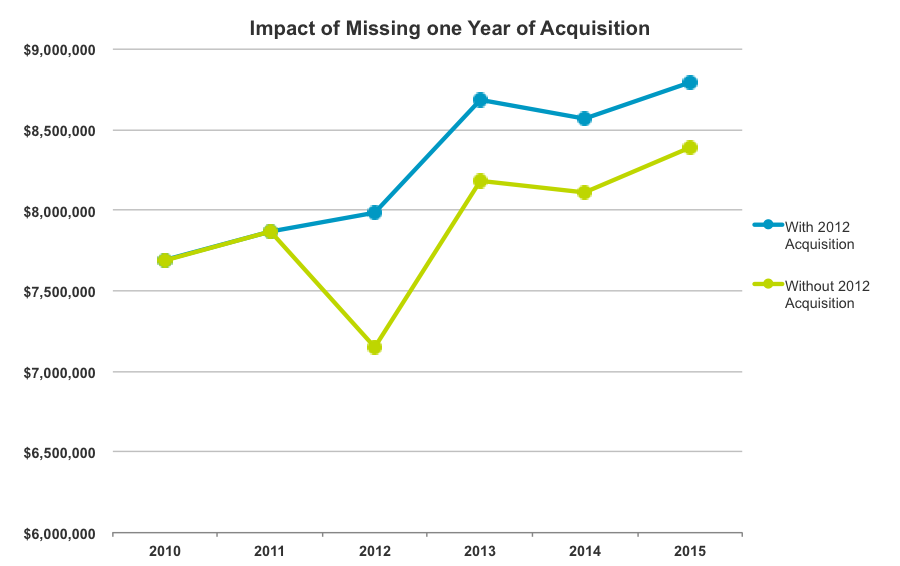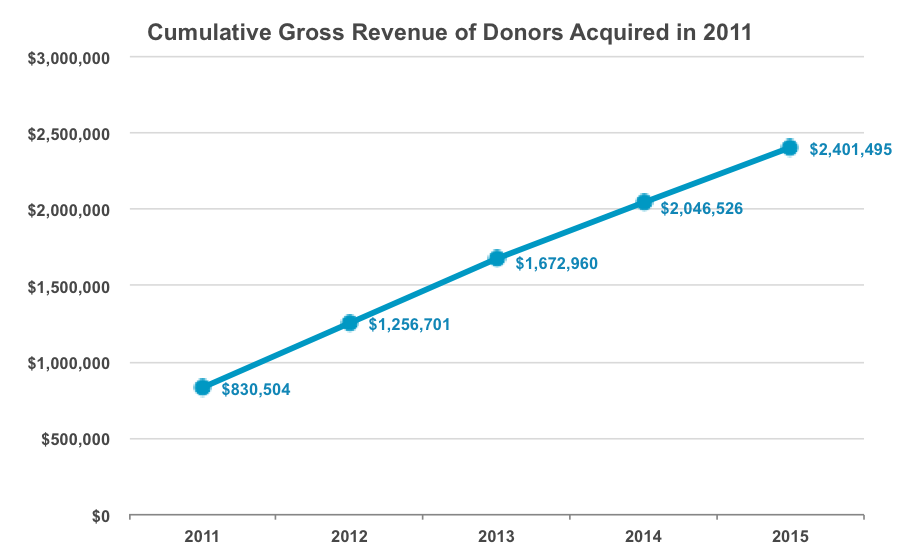
You Can't Afford to NOT Be Doing This
Imagine you have a retail store that was a family business for many generations. You have an impeccable reputation for good services and products, but over time, other retailers have sprung up and lured a number of your customers away. Some have come back, but you don’t always have a consistent number of customers each year. Your best customers — those who have been loyal to you the longest — seem to spend a bit more each year, so you haven’t worried too much about the total number of people in your store. Over the years, you’ve also spent a little money on advertising to get new people to come in.
But what if you stopped advertising altogether and decided to not let any new customers in your store? There’d be no one new to replace the people who decided they won’t be coming back — which is about 4 in 10 customers each year. That means you’d have to rely even more on whomever is left in the store to buy more stuff (or more expensive stuff) to make up for the loss — and we know they won’t always do that. New customers buy less than longstanding customers who already trust you. So when you do finally open your doors to newcomers, their spending will initially be lower until they’ve had time to look around, and get to know you and your products better.
Many Salvation Army leaders have, over the years, felt forced to close the door to new customers by eliminating or cutting acquisition. While this is often seen as prudent cost-savings the year it’s done, it leaves a very big gap in the donor file that will take years to fill again. If those cuts happen for consecutive years, then the number of existing donors will steadily shrink. Eventually, these remaining donors will no longer be able to make up for those who have left, and overall income will dwindle. That is exactly what has been happening in many Salvation Army Divisions over the years.

Acquisition of new donors is happening in a lot of ways — online, through special events, and even through Red Kettle Campaigns. But the primary vehicle for acquiring and driving new donors is still direct mail. Every catalog company knows this, which is why they see online orders for their products spike when new catalogs hit their customers’ (and prospects’) mailboxes. They’re willing to make the investment in names and paper to draw new customers in — and you should, too.

